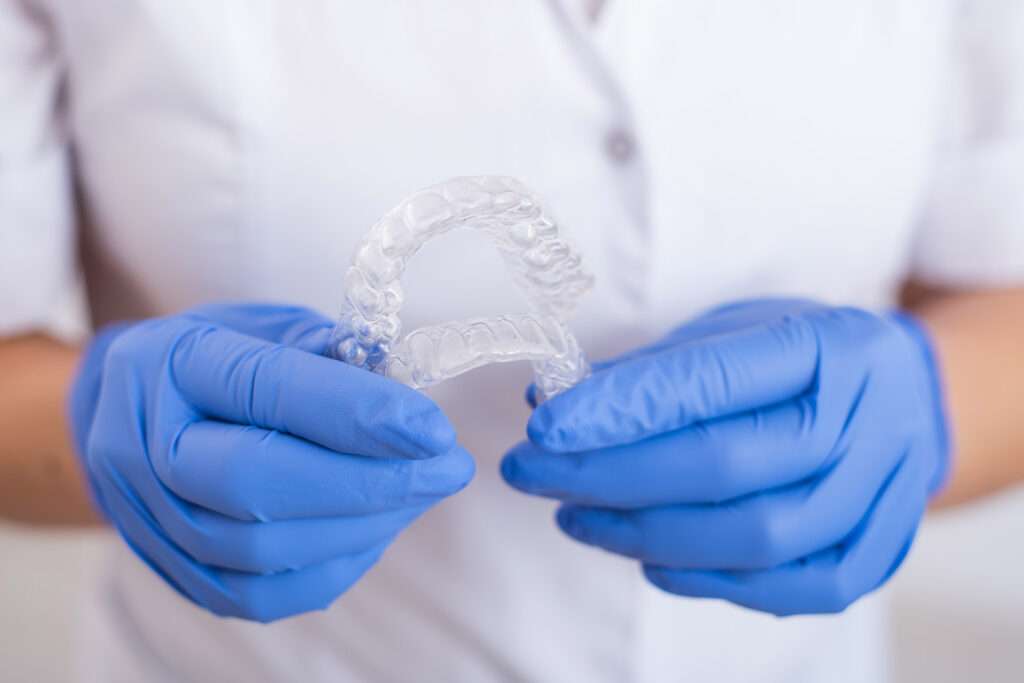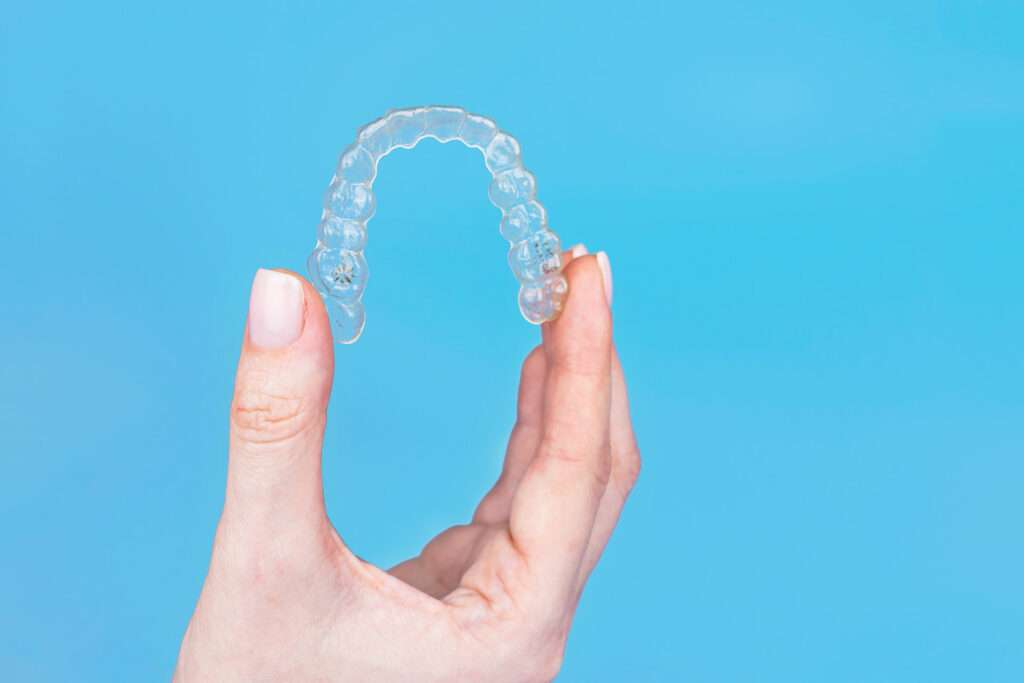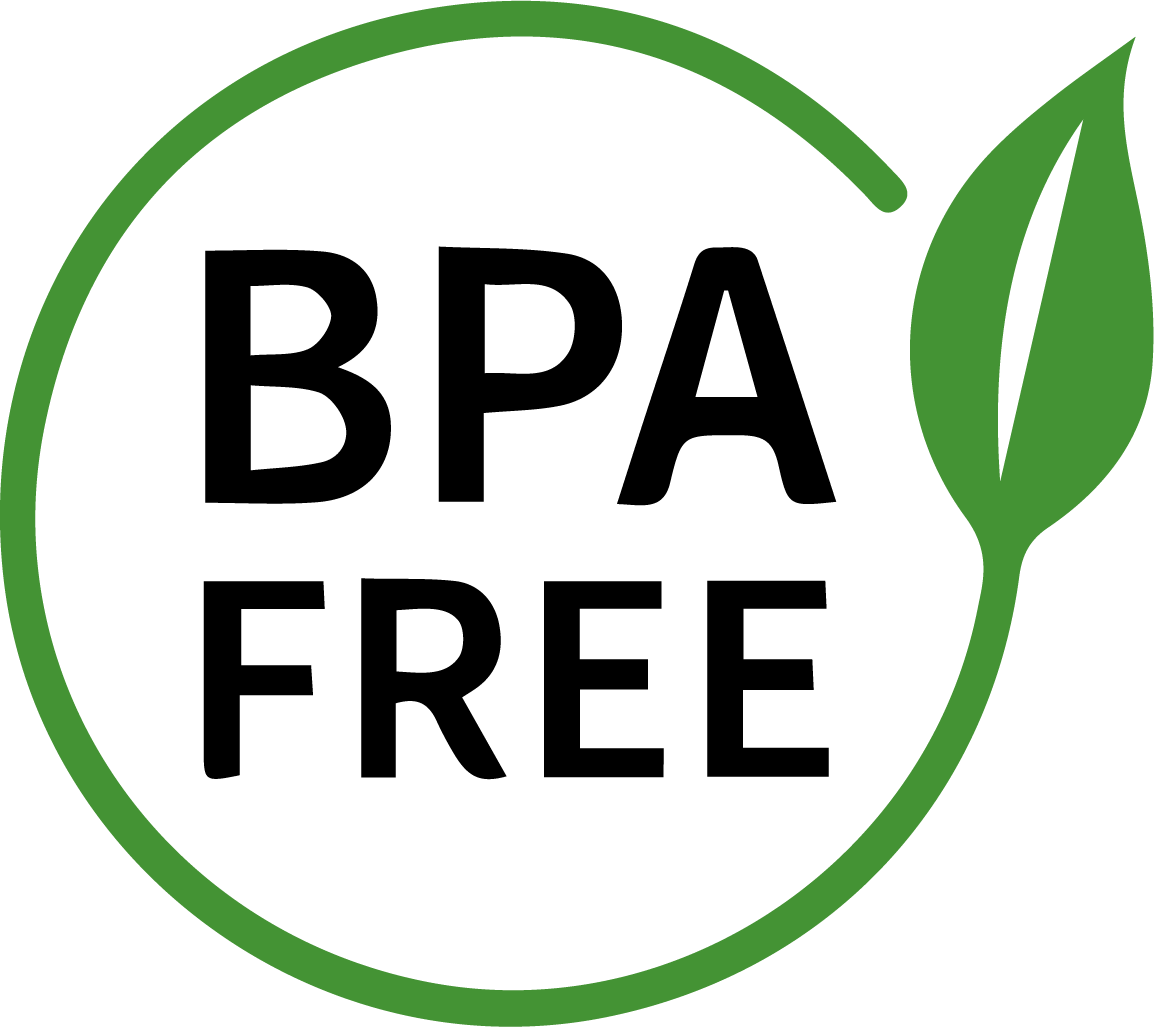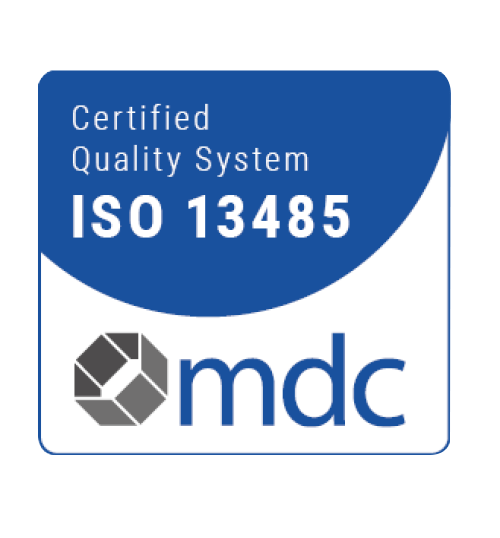Recent Comments
The Link Between Crooked Teeth and Dental Health Issues
When we think about oral health, we often focus on basics like brushing, flossing, and regular dental check-ups. While these practices are indeed crucial for maintaining a healthy smile, there’s more to oral health than meets the eye. One often overlooked aspect is the alignment of our teeth. Crooked teeth can have a significant impact on dental health, leading to a host of problems if left untreated. Explore the intricate relationship between crooked teeth and dental health issues.
Understanding Crooked Teeth
Before delving into the dental health issues associated with crooked teeth, it’s essential to understand what causes teeth to become misaligned. Several factors contribute to crooked teeth, including genetics, childhood habits, and environmental influences.
Genetics
The most common cause of crooked teeth is genetics. If your parents or grandparents had misaligned teeth, there's a higher likelihood that you will, too. This is because your genes influence the size of your jaw and the alignment of your teeth.
Childhood Habits
Certain habits during childhood can also lead to crooked teeth. Thumb-sucking, prolonged pacifier use, or tongue thrusting can put pressure on the developing teeth and lead to misalignment.
Lack of Space
In some cases, crooked teeth occur due to a lack of space in the mouth. When there isn't enough room for teeth to grow in their proper positions, they may become crowded and misaligned.
Missing Teeth
When a person loses a tooth and doesn't replace it promptly, the neighboring teeth can shift into the empty space, causing misalignment. This shift in neighboring teeth can not only lead to misalignment but also result in changes to your bite and potential issues with chewing and overall dental function.
Injuries
Trauma to the mouth or jaw can result in misaligned teeth. An injury can disrupt the natural alignment of teeth and lead to various dental health issues.
Dental Health Issues Associated With Crooked Teeth
Crooked teeth can lead to a range of dental health issues. Addressing misalignment through orthodontic treatment not only improves aesthetics but also significantly reduces these dental health risks. Some of the most common dental health issues associated with uneven teeth include:
Difficulty in Cleaning
Crooked teeth can make it challenging to clean your teeth properly. Gaps, overlaps, and tight spaces between teeth create hiding spots for plaque and bacteria, increasing the risk of tooth decay and gum disease. Even with regular brushing and flossing, it's challenging to reach all the nooks and crannies between misaligned teeth.
Tooth Decay
As mentioned, the difficulty in cleaning crooked teeth can lead to the accumulation of plaque, which produces acid and erodes tooth enamel. Over time, this can result in cavities and tooth decay, especially in hard-to-reach areas.
Gum Disease
Crooked teeth are often associated with gum problems. When teeth are misaligned, gums may become inflamed and irritated. This can progress to gingivitis, the earliest stage of gum disease, and if left untreated, it can lead to more severe forms of periodontal disease.
Bad Breath
The accumulation of bacteria and food particles between crooked teeth can lead to bad breath or halitosis. This can be embarrassing and impact one's social confidence.
Tooth Wear
Misaligned teeth can experience uneven wear and tear. Some teeth may bear the brunt of chewing forces while others remain underutilized. Over time, this can lead to excessive wear on certain teeth, potentially requiring restorative dental work.
TMJ Disorders
Temporomandibular joint (TMJ) disorders can be exacerbated by crooked teeth. When your teeth do not come together correctly, it can put stress on the jaw joint, leading to pain, headaches, and other TMJ-related symptoms.
Speech Problems
Crooked teeth can also affect speech. They may cause lisping or difficulty in pronouncing certain words, which can impact communication and self-esteem.
Chewing Problems
Misaligned teeth can make chewing food thoroughly a challenge. This can lead to digestive issues as the digestive system struggles to break down inadequately chewed food.

The Importance of Orthodontic Treatment
Given the potential dental health issues associated with crooked teeth, it’s clear that addressing misalignment is crucial for maintaining good oral health. Orthodontic treatment, which involves the use of braces, aligners, or other dental appliances, can help correct the alignment of teeth.
Orthodontic treatment offers numerous benefits that include the following:
Improved Oral Health
Straightening crooked teeth makes it easier to clean and maintain good oral hygiene, reducing the risk of cavities, gum disease, and other dental issues.
Enhanced Aesthetics
Many people seek orthodontic treatment for cosmetic reasons, as straight teeth are often associated with an attractive smile.
Better Functionality
Correcting misalignment can improve the bite, making it easier to chew food and reducing the risk of jaw pain and TMJ disorders.
Boosted Confidence
A straight and beautiful smile can enhance self-esteem and boost confidence, improving overall quality of life.
Prevention of Future Issues
Addressing crooked teeth during childhood can prevent potential dental health issues in adulthood. It's often easier to correct misalignment in younger patients when the jaw is still growing.
Orthodontic Options
In the world of orthodontics, there is no one-size-fits-all solution for achieving a beautifully aligned smile. There are various orthodontic options available, depending on the severity of misalignment and patient preferences:
- Traditional Braces: These consist of metal brackets and wires that are adjusted regularly to move teeth into their desired positions. They are effective for severe misalignments.
- Clear Aligners: Clear aligners, such as FirstClass Aligners, are a popular choice for aligner treatment. They are removable, discreet, and convenient for maintaining oral hygiene.
- Lingual Braces: Lingual braces are similar to traditional braces but are placed on the inside of the teeth, making them less visible. They are suitable for those who desire a more discreet option.
- Ceramic Braces: Ceramic braces use tooth-colored or clear brackets and wires, making them less noticeable than traditional metal braces.
- Retainers: After orthodontic treatment, retainers are often prescribed to maintain the results and prevent teeth from shifting back.

Why Clear Aligners Are Most Effective for Teeth Straightening
Clear aligners have revolutionized the field of orthodontics, offering a highly effective and discreet solution for teeth straightening. Unlike traditional braces with their metal brackets and wires, clear aligners, such as Invisalign, have gained popularity for several compelling reasons.
Aesthetic Appeal
One of the primary advantages of clear aligners is their discreet appearance. Made from transparent, medical-grade plastic, they are virtually invisible when worn. This feature is particularly appealing to adults and teens who may feel self-conscious about traditional braces, allowing them to undergo orthodontic treatment without drawing unwanted attention.
Comfortable and Removable
Clear aligners are custom-designed to fit snugly over your teeth, making them remarkably comfortable to wear. Unlike braces, which can cause irritation and soreness due to metal components, clear aligners have smooth edges. Additionally, they are removable, allowing you to eat, brush, and floss with ease. This reduces the risk of food getting stuck in braces and simplifies oral hygiene maintenance.
Predictable Results
Clear aligner treatment plans are created using advanced computer software. This technology enables orthodontists to precisely map out the movements of your teeth throughout the treatment process. As a result, patients can often anticipate the final outcome with a high degree of accuracy. This predictability ensures that you know what to expect from your treatment.
Easier Maintenance
Clear aligners offer easier maintenance compared to other teeth straightening products like traditional braces because they are removable, allowing for thorough brushing and flossing without any obstructions. Additionally, clear aligners do not require special tools or cleaning routines, making them a hassle-free choice for maintaining good oral hygiene throughout the treatment process.
Fewer Office Visits
Traditional braces require regular adjustments by an orthodontist, leading to frequent office visits. In contrast, clear aligners are designed to be switched out at home every few weeks, reducing the need for frequent in-person check-ups. This can be especially convenient for individuals with busy schedules.
Less Impact on Lifestyle
Clear aligners fit seamlessly into your daily life. Whether you're giving a presentation at work or attending a special event, you can remove the aligners temporarily. This flexibility means you don't have to alter your lifestyle significantly to accommodate your orthodontic treatment.

Improve Your Dental Health With a Straight Smile
The link between crooked teeth and dental health issues is undeniable. Misaligned teeth can lead to a range of problems, from tooth decay and gum disease to speech difficulties and TMJ disorders. Fortunately, orthodontic treatment offers effective solutions to correct misalignment and promote good oral health.
If you or your child have crooked teeth, it’s essential to consult with an orthodontist to explore treatment options. Remember that addressing misalignment not only enhances oral health but also contributes to a confident and beautiful smile, improving overall well-being. Invest in your dental health today to enjoy a lifetime of healthy smiles and self-assuredness.
Check out our FirstClass Aligners blog today to learn more about the benefits of clear aligners for your overall oral hygiene. Visit https://firstclassaligners.com to learn more.






